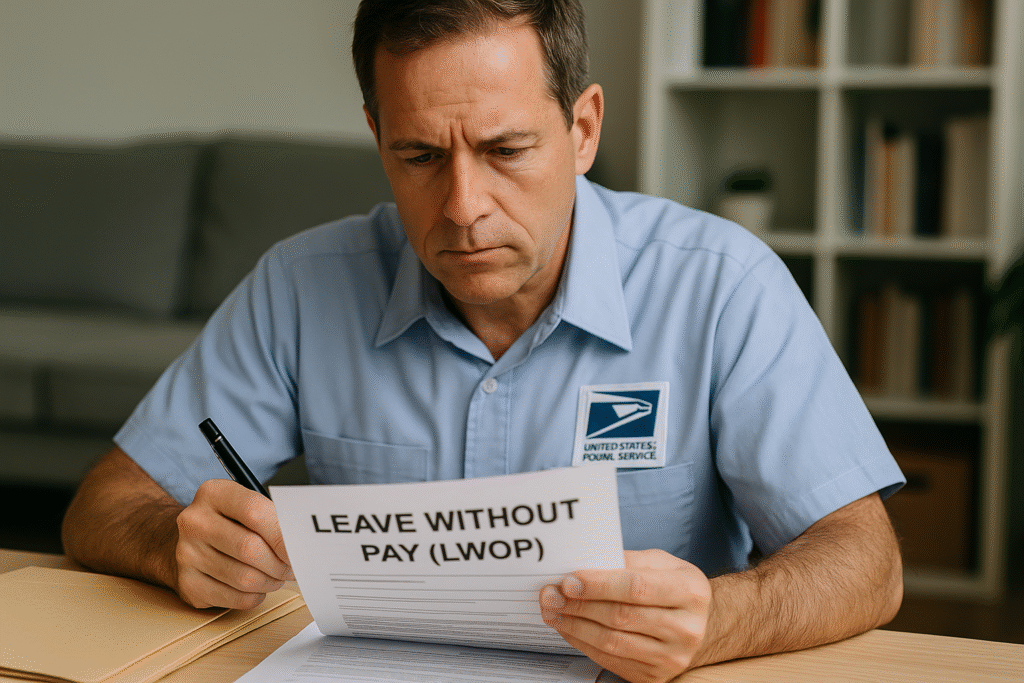If you’ve ever sent something important through the United States Postal Service (USPS), you’ve probably worried a little about what might happen if the package gets lost or damaged. That’s where USPS insurance comes into play. Whether you’re shipping holiday gifts, valuable merchandise, or critical documents, USPS offers different insurance coverage options to give you peace of mind.
In this guide, we’ll walk through what USPS insurance is, how it works, the costs involved, how to file an insurance claim, and a few things most people overlook when relying on the postal service for protection.
What Is USPS Insurance?
Simply put, USPS insurance protects packages and mailpieces against loss or damage. When you purchase insurance at your local post office or online, you’re paying a fee based on the declared value of the item you’re sending.
Some USPS services include insurance coverage automatically. For example:
- USPS Ground Advantage: Includes up to $100 of insurance in the service price.
- Priority Mail: Includes $100 of coverage automatically.
- Priority Mail Express (also called USPS Priority Mail Express): Includes $100 of insurance as well.
If your package’s value exceeds those limits, you can purchase additional insurance—up to $5,000 for domestic shipments. For international shipments, USPS allows you to add up to $2,499 in additional insurance on packages valued above $100.
Why Use USPS Insurance?
Most packages arrive safely, but accidents and mistakes do happen. Packages can get lost, stolen, or arrive with damage or missing contents. Without postal insurance, you’re stuck with the cost. With it, you can file indemnity claims and receive compensation.
Consider insurance when shipping:
- Expensive electronics or jewelry.
- Important documents requiring signature confirmation.
- Business merchandise where lost shipments affect revenue.
- Time-sensitive items sent through express mail or priority mail express.
It’s not just for businesses—everyday customers benefit too. Imagine mailing a birthday gift cross-country and having it vanish in transit. With insurance, you can file a claim, provide proof, and recover the actual value.
How USPS Insurance Works
Here’s how the process typically looks:
- Purchase Insurance – At the post office, online when printing labels, or via customer-generated integrated barcodes.
- Declare Value – Tell USPS how much the item is worth. Fees are based on this declared value.
- Keep Records – Hold onto your mailing receipt, proof of value, and any usps tracking numbers.
- Delivery – USPS delivers the package. If it’s insured, the delivery record may require the recipient’s signature or confirmation from the addressee’s authorized agent.
- Filing Claims – If the package arrives damaged or doesn’t arrive at all, you can start the claims process.
USPS Insurance Costs
Insurance fees depend on the value you declare. Here are some things to know:
- Insurance included: Some services like Priority Mail or Ground Advantage already include a set amount of coverage.
- Purchase extra insurance: For items valued above that limit, you can pay to purchase additional insurance.
- Package services prices: Fees are structured in tiers—for example, insuring an item for $200 will cost less than insuring one for $1,000.
- Fraction thereof: Insurance prices may round up to the next dollar “fraction thereof.”
For the most accurate breakdown, USPS publishes a package services prices chart online.
Limits and Restrictions
While USPS insurance provides a strong safety net, there are restrictions. For example:
- Some items are not eligible for coverage (perishable food, cash, some collectibles).
- Most packages are covered up to their actual value, but not beyond the maximum liability of $5,000.
- Claims become harder once the recipient’s signature confirms delivery. At that point, USPS assumes the customer accepted the package in good condition.
- Insurance doesn’t always cover missing contents if the packaging wasn’t secure.
It’s crucial to read the fine print before mailing.
Filing an Insurance Claim
If your package is lost or arrives damaged, here’s how the claims process works:
- Timeline – Claims must be filed no later than 60 days from the date of mailing.
- Proof Required – You’ll need the mailing receipt, usps tracking number, and proof of value (like a sales receipt).
- Photos – USPS may ask for photos of damage or missing contents.
- Online or In Person – Claims can be submitted online or at your local post office.
- Resolution – If approved, USPS reimburses up to the declared value (within limits).
Keep in mind, the claims process can take time, especially for higher-value items.
Types of USPS Services and Insurance
Let’s break down some common USPS services and how they handle insurance:
1. Priority Mail Express
- Includes $100 of insurance.
- Fastest USPS delivery option.
- Great for urgent shipments requiring direct delivery.
2. Priority Mail
- Includes $100 of coverage.
- Offers affordable, fast delivery with usps tracking.
- Popular for both personal and business priority mail shipments.
3. USPS Ground Advantage
- Includes $100 of insurance.
- Ideal for heavier items.
- Cheaper than priority for non-urgent shipping.
4. First-Class Mail & First-Class Package Service
- Doesn’t include insurance automatically.
- You must purchase insurance separately.
5. Registered Mail
- The most secure option USPS offers.
- Automatically includes some coverage and allows the purchase of more.
- Often used for valuables like jewelry.
6. Media Mail
- Budget-friendly for books, music, and media.
- No built-in insurance—extra must be purchased.
USPS Insurance Tips for Customers
Here are a few tips to get the most out of USPS insurance:
- Purchase insurance online when possible—it’s often cheaper than at the post office.
- Always request a mailing receipt and keep it safe until the delivery is confirmed.
- Use signature confirmation for high-value items—it provides proof of delivery.
- Consider combining postal insurance with other protections if shipping high-value merchandise.
- Take photos of items before packing. This helps if you need to prove damage or missing contents later.
- Remember: Once signed for, the package is considered delivered in good condition.
Common Myths About USPS Insurance
- “All USPS services come with insurance.”
– False. Only some services like priority mail express and priority mail include coverage. - “You’ll always get full value back.”
– Not always. USPS only reimburses the actual value or up to the declared value, whichever is less. - “It’s automatic once you mail.”
– You must actively purchase insurance (unless it’s included). - “Claims are impossible.”
– While they can be slow, most legitimate indemnity claims get paid if you provide proper documentation.
USPS Insurance vs. Third-Party Shipping Insurance
USPS isn’t your only option. There are third-party providers that offer shipping insurance, sometimes at lower costs or with fewer restrictions. These services can also provide higher maximum liability coverage.
That said, USPS insurance is convenient—you can purchase additional insurance at the counter, online, or through shipping software.
Why USPS Insurance Matters for Employees Too
Here’s something most people don’t think about: while USPS offers postal insurance for packages, postal employees themselves often need protection too. If you’re a USPS worker, your job is physically demanding—lifting packages, working long shifts, and facing risks daily.
That’s why, beyond package insurance coverage, USPS employees also benefit from short-term disability insurance. If you ever get hurt or sick, this type of coverage provides a crucial safety net for lost income.
How Postal Life and Disability Plans Can Help
At Postal Life and Disability Plans (PLDP), we specialize in offering short-term disability insurance specifically for USPS employees. While USPS protects the mail with insured mailpieces, who’s protecting you?
PLDP ensures that if you’re unable to work due to illness or injury, you can still receive benefits to help cover your lost wages. Just like USPS insurance is there for your packages, PLDP is there for you.
👉 Learn more and explore your coverage options at Postal Life and Disability Plans.
Final Thoughts
USPS insurance gives customers confidence that their packages—whether shipped via priority mail, registered mail, or media mail—are covered against unexpected loss or damage. From insurance purchased online to in-person at your local post office, USPS offers flexible insurance coverage up to $5,000 for domestic shipments and options for international packages too.
But remember: while the postal service protects your mail, you also need to think about protecting yourself. That’s where Postal Life and Disability Plans steps in—providing USPS workers with the same kind of financial safety net that USPS insurance gives to packages.




